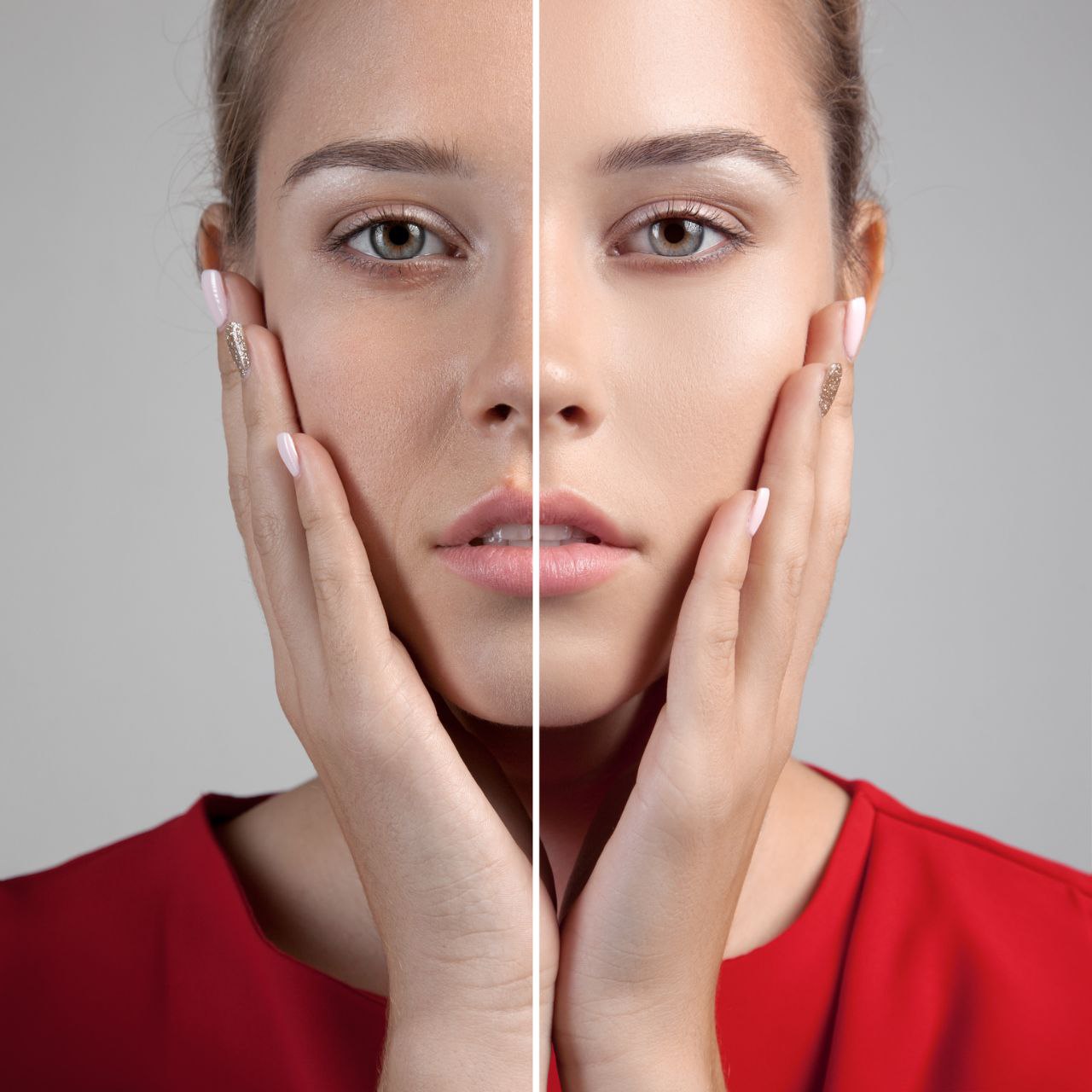Face Lift
Face Lift

Face lift surgery, also known as rhytidectomy, is a cosmetic procedure that has gained immense popularity over the years. As people age, the effects of gravity, sun exposure, and the natural aging process can take a toll on the face, leading to sagging skin, wrinkles, and a tired appearance. A face lift is a surgical solution designed to address these issues and restore a more youthful and refreshed appearance.
In this comprehensive guide, we will delve into the details of face lift surgery, including the procedure, benefits, risks, recovery, and more. Whether you're considering a face lift or simply want to learn more about this cosmetic procedure, this article will provide you with valuable insights.
A face lift is a surgical procedure aimed at improving the visible signs of aging in the face and neck. It involves tightening and repositioning the underlying facial muscles and tissues, as well as removing excess skin. This process results in a smoother, firmer, and more youthful facial appearance.
Types of Face Lifts
Traditional Face Lift: This is the most common type of face lift. It involves incisions made along the hairline and around the ears. The surgeon then lifts and tightens the underlying tissues and removes excess skin.
Mini Face Lift: Also known as a "weekend" face lift, this procedure is less invasive than the traditional face lift and requires smaller incisions. It is ideal for individuals with mild to moderate signs of aging.
Neck Lift: Often performed in conjunction with a face lift, a neck lift specifically targets the neck area to eliminate sagging skin and the appearance of a "turkey neck."
Mid-Face Lift: This procedure focuses on the middle of the face, addressing sagging cheeks and the deepening of smile lines.

Before undergoing a face lift, it is essential to consult with a board-certified plastic surgeon who will evaluate your goals, expectations, and overall health. During the procedure, the surgeon typically follows these steps:
Anesthesia: You will be administered either intravenous sedation or general anesthesia to ensure comfort throughout the surgery.
Incisions: The surgeon makes carefully planned incisions, which are typically hidden in the hairline and around the ears. Incision length and pattern will depend on the type of face lift you are having.
Tissue Repositioning: The underlying facial muscles and tissues are lifted, repositioned, and tightened to restore a more youthful contour.
Excess Skin Removal: Any excess skin is trimmed, and the remaining skin is re-draped over the newly contoured face.
Incision Closure: The incisions are meticulously closed with sutures or staples, and dressings are applied to protect the surgical site.
Rejuvenated Appearance: The primary benefit of a face lift is achieving a more youthful and refreshed look by tightening loose skin and reducing wrinkles.
Improved Confidence: Many patients experience a boost in self-confidence and self-esteem after a successful face lift surgery.
Long-Lasting Results: While a face lift cannot stop the aging process, its results are long-lasting, allowing you to enjoy your youthful appearance for years to come.
Customizable: Face lifts can be tailored to your specific needs, addressing areas of concern that bother you the most.
Complementary Procedures: A face lift can be combined with other cosmetic procedures, such as eyelid surgery (blepharoplasty) or a brow lift, for a comprehensive facial rejuvenation.
While face lift surgery offers numerous benefits, it is essential to be aware of the potential risks and considerations:
Bruising and Swelling: Some bruising and swelling are expected after the surgery, but these effects usually subside within a few weeks.
Scarring: Although incisions are strategically placed to minimize visible scarring, there will be some scarring along the incision lines.
Infection: Infection is a rare but possible complication. It can usually be managed with antibiotics.
Numbness: Temporary numbness or altered sensation in the treated areas is common and typically resolves over time.
Hematoma: Blood clots under the skin (hematomas) can occur but are treatable if detected early.
Anesthesia Risks: As with any surgical procedure, there are risks associated with anesthesia, but they are generally minimal.
Unsatisfactory Results: While most patients are satisfied with their results, there is no guarantee of absolute perfection. Realistic expectations are crucial.

The recovery process after a face lift varies from person to person but generally follows a similar timeline:
Initial Recovery: You will experience some discomfort, swelling, and bruising immediately after the surgery. Pain medication may be prescribed to manage any pain.
Dressings and Bandages: You will need to keep dressings and bandages in place for a few days to protect the incisions and help with healing.
Swelling and Bruising: Swelling and bruising are normal and will peak within the first few days before gradually subsiding. Applying cold compresses can help reduce these symptoms.
Activity Restrictions: Avoid strenuous activities and heavy lifting for at least a few weeks to prevent complications.
Follow-Up Appointments: You will have several follow-up appointments with your surgeon to monitor your progress and remove any sutures or staples.
Results: You will start to see the initial results within a few weeks, but final results may take several months as the swelling fully resolves.
Long-Term Care: Protect your skin from sun exposure, maintain a healthy lifestyle, and follow your surgeon's post-operative instructions to maximize your results.
The cost of face lift surgery varies depending on several factors, including the surgeon's experience, geographic location, and the specific type of face lift you choose. On average, a face lift can range from $5,000 to $15,000 or more. Keep in mind that this cost typically includes surgical fees, anesthesia, facility fees, and follow-up appointments.
Face lift surgery is a popular cosmetic procedure that can help individuals regain a more youthful and refreshed appearance. Whether you're bothered by sagging skin, wrinkles, or other signs of aging, a face lift may be a suitable option for you. However, it's essential to consult with a board-certified plastic surgeon to discuss your goals, expectations, and any potential risks or concerns.
By understanding the procedure, benefits, risks, and recovery process, you can make an informed decision about whether a face lift is the right choice to achieve your desired results. Remember that a successful face lift can enhance your confidence and help you put your best face forward.
Gain valuable insights and knowledge through our informative healthcare articles.